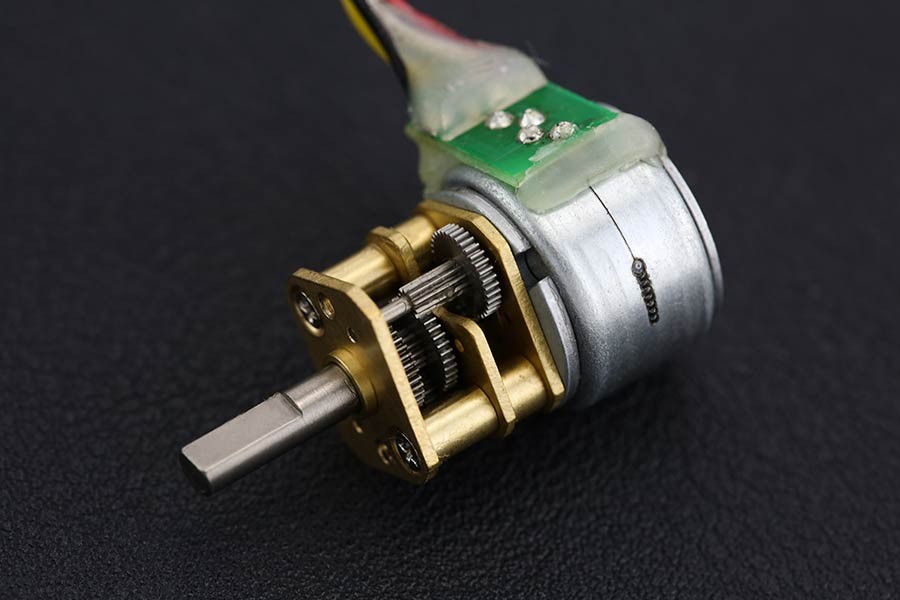The resolution and positioning accuracy of a stepper motor system is affected by several factors-the stepper angle (the stepper motor full-step length), the selected drive mode (full-step, half-step or microstepping), and the gear rate. This means that there are several different combinations which can be used to get the desired resolution. Because of this, the resolution problem of a stepper design can normally be dealt with after the motor size and drive type have been established.
NORMAL SELECTION STEPS
1. Determining the drive mechanism component
Determine the mechanism and required specifications. First, determine certain features of the design, such as mechanism, rough dimensions, distances moved, and positioning period.
2. Calculate the required resolution
Find the resolution the motor requires. From the required resolution, determine whether a motor only or a geared motor is to be used. However, by using the microstepping technology, meeting the required resolution becomes very easy.
3. Determine the operating pattern
Determine the operating pattern that fulfills the required specifications. Find the acceleration (deceleration) period and operating pulse speed in order to calculate the acceleration torque.
4. Calculate the required torque
Calculate the load torque and acceleration torque and find the required torque demanded by the motor.
5. Select the motor
Make a provisional selection of a motor based on the required torque. Determine the motor to be used from the speed-torque characteristics.
6. Check the selected motor
Confirm the acceleration/deceleration rate and inertia ratio.
MOTION CONTROL PRODUCTS’ STEPPER MOTORS
Motion Control Products offer many series stepper motors, such as 2-phase stepper motors and 3-phase stepper motors (from NEMA frame size 8 to NEMA frame size 42) are available. Our stepper motors adopt advanced technology from U.S.A, using high-class cold roll sheet copper and anti-high temperature permanent magnet. Motion Control’s stepper motors are distinguished for their high reliability and low heating. Due to their internal damping characteristics, our stepper motors can run very smoothly and have no obvious oscillating area within the whole speed range of the motors. The PDF overview (downloadable below) shows the typical models of Motion Control Products stepper motors.

